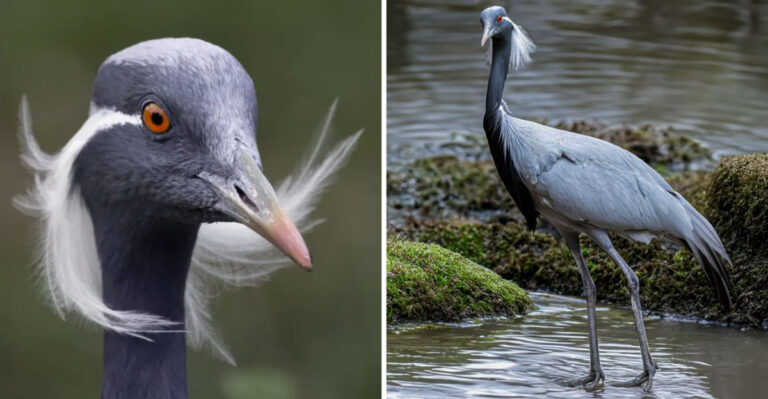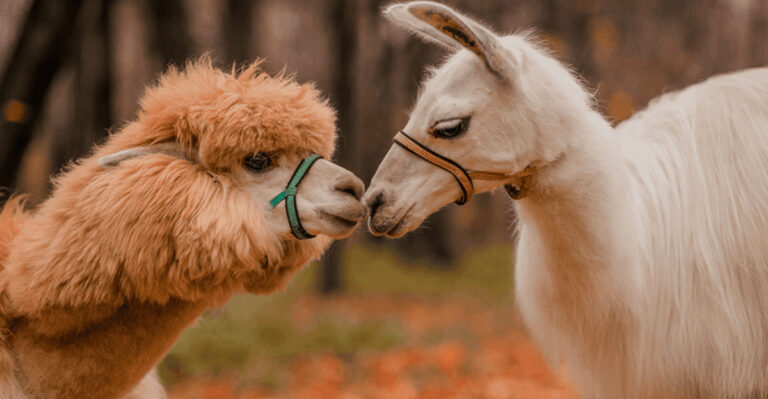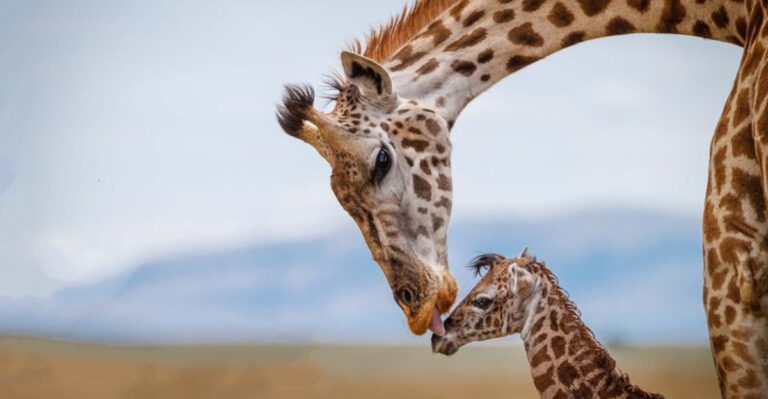What Every Hiker Needs To Know Before Getting Too Close To Deer On The Trail
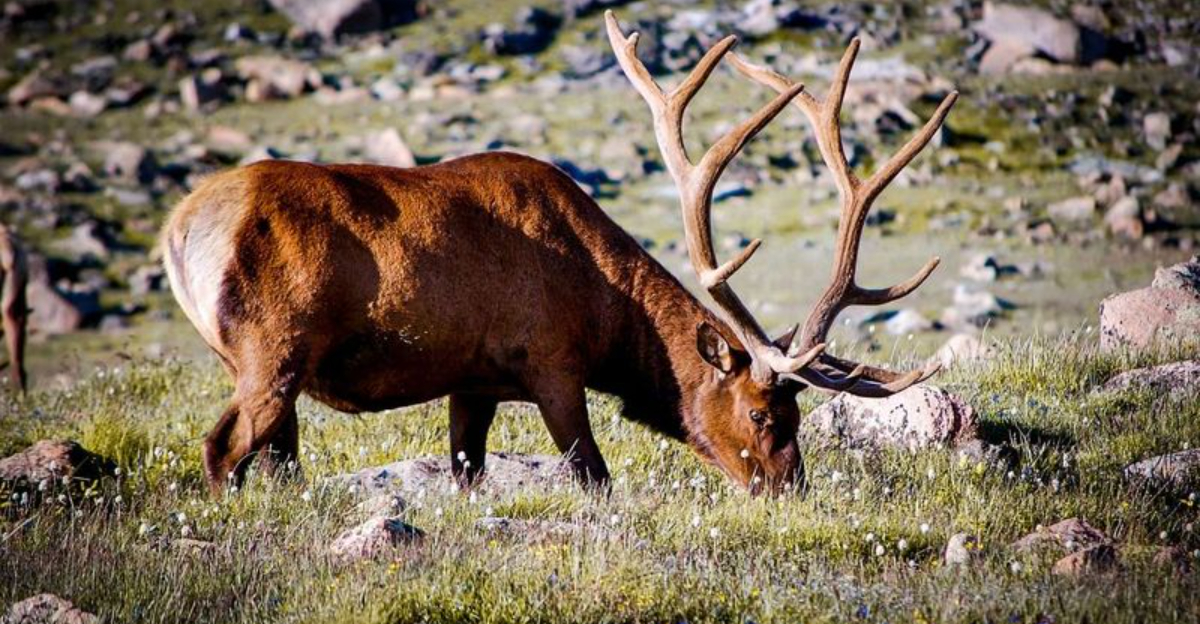
Spotting a deer while hiking can be magical – those graceful creatures pausing mid-step, ears perked in your direction.
But the urge to get closer for that perfect photo or moment of connection can lead to dangerous situations for both you and the animal.
Before you approach that seemingly gentle woodland creature, here’s what you absolutely need to understand about deer behavior on the trail.
Deer Can Be Surprisingly Aggressive
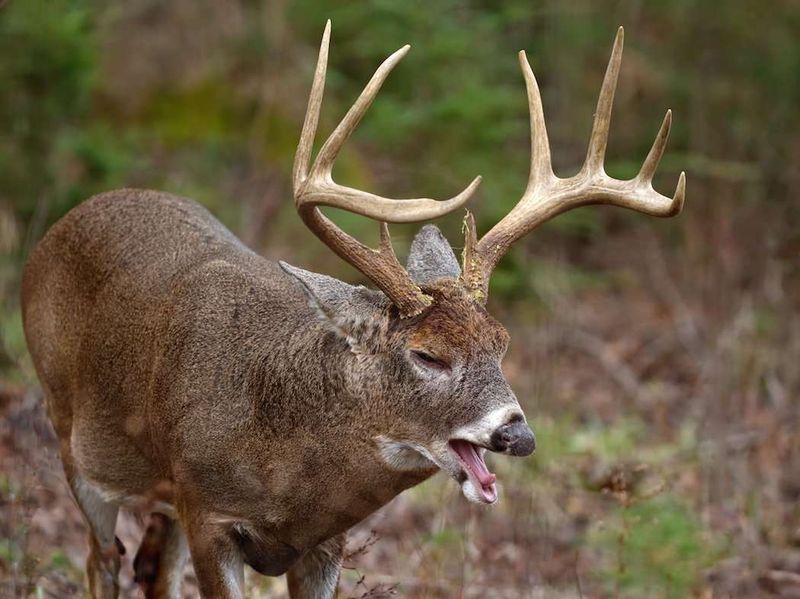
Those delicate-looking deer pack a powerful punch when threatened. Males can weigh up to 300 pounds and use their antlers as weapons, especially during fall mating season.
Females become fiercely protective when fawns are nearby in spring. Your peaceful wildlife viewing could turn dangerous in seconds if a deer feels cornered.
Getting Close Can Stress Them Out

Deer experience extreme physiological responses to human approach. Their heart rates skyrocket, burning precious energy they need for survival.
This stress can weaken their immune systems and disrupt normal feeding patterns. During winter months, this energy loss might mean the difference between life and death for a deer already struggling to find food.
Feeding Them Is A Bad Idea
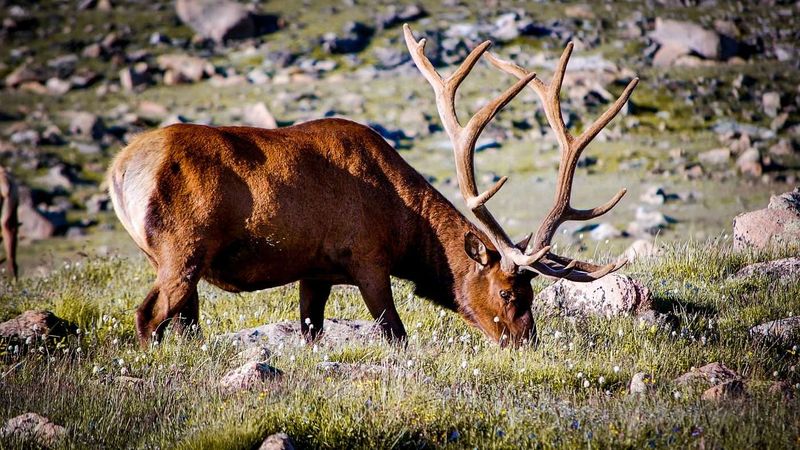
Your trail mix might seem like a kind offering, but it could spell disaster. Deer digestive systems aren’t equipped to handle processed foods, causing painful bloating or even death.
Regular feeding creates dependency and emboldens deer to approach other hikers expecting handouts. This learned behavior ultimately increases dangerous human-wildlife confrontations throughout the park.
They May Kick If Cornered

A deer’s hooves aren’t just for running – they’re powerful defensive weapons. When startled or trapped, deer instinctively lash out with lightning-fast kicks capable of shattering bone.
Their sharp hooves can slice through clothing and skin with ease. Many wildlife specialists have scars from underestimating the power and reach of a frightened deer’s legs.
You Might Trigger A Chase From Predators
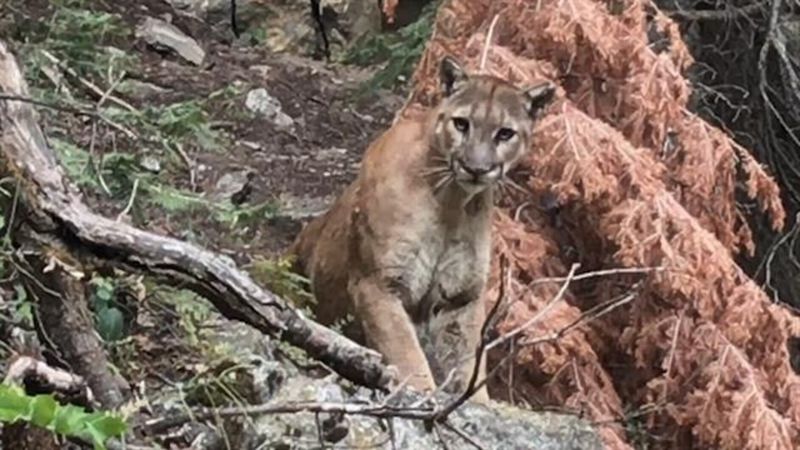
Mountain lions and wolves are nature’s stealth hunters, often tracking deer from concealed positions. Your presence might push deer into unexpected movements, catching predators’ attention.
These apex predators follow opportunity. A confused deer running from human disturbance creates the perfect hunting scenario. Suddenly, you’re standing between a hungry predator and its intended prey.
Deer Carry Ticks That Spread Disease
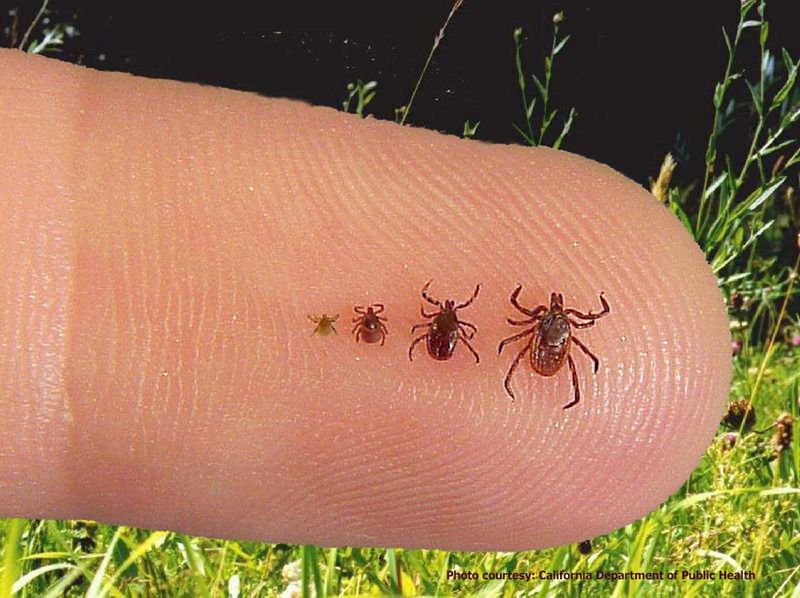
Every deer serves as a mobile tick apartment complex. These eight-legged hitchhikers cling to deer fur, waiting for new hosts – like unsuspecting hikers passing too close.
Blacklegged ticks transmit Lyme disease, causing fever, fatigue, and potentially serious long-term health issues. A single close deer encounter could result in multiple tick attachments without you even noticing.
They Can Bolt Into You By Accident

Panic makes deer unpredictable. When startled, their instinct isn’t to attack but to escape – in any direction, including straight toward you.
A full-grown deer crashing into you at full speed delivers the impact of a motorcycle collision. Several hikers annually suffer broken ribs, concussions, and worse from these accidental collisions on popular trails.
It’s Illegal To Harass Wildlife In Most Parks
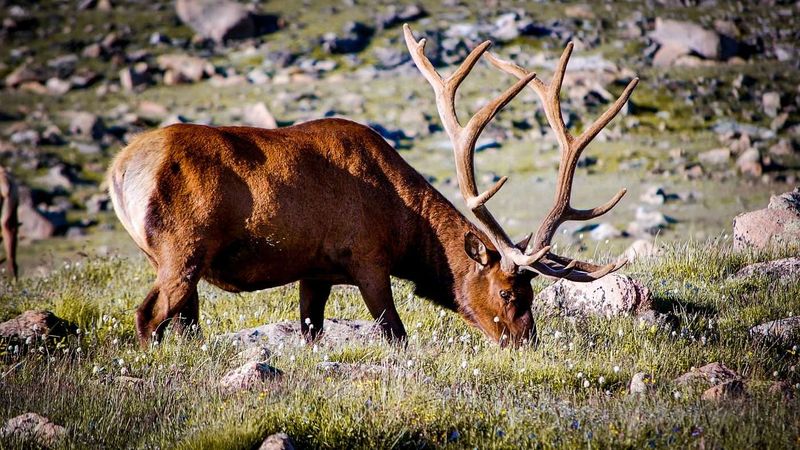
Rangers don’t joke about wildlife harassment. Approaching deer too closely violates federal regulations in national parks, with fines reaching thousands of dollars.
Park rules typically require staying at least 50 yards from deer. Your Instagram photo isn’t worth the citation or potential arrest that comes with ignoring these protective boundaries.
Your Dog Might Trigger A Defensive Response

Deer instinctively recognize canines as predators, regardless of your pup’s friendly nature. Even leashed dogs can trigger fight-or-flight responses in nearby deer.
Bucks especially may choose to stand their ground against dogs during rutting season. Numerous incidents of deer attacking dogs occur annually, sometimes with the owner caught in the dangerous middle ground.
Fawns Are Often Left Alone On Purpose
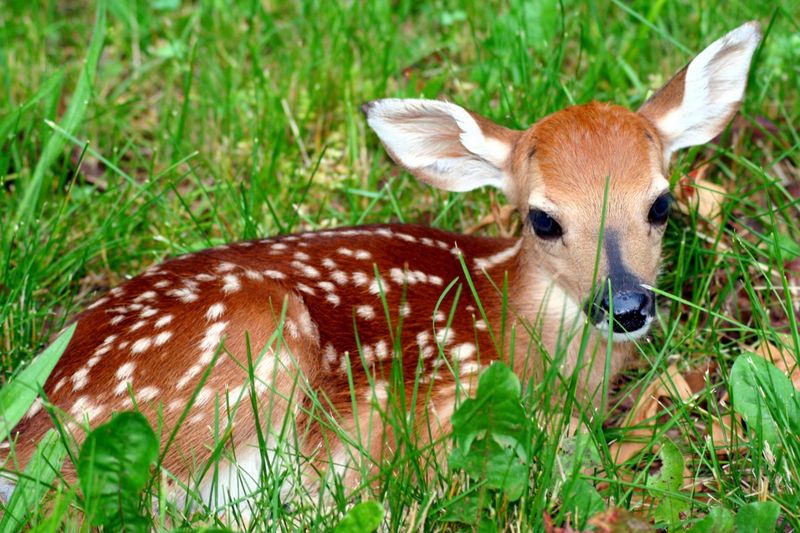
That seemingly abandoned baby deer is actually perfectly fine. Mother deer intentionally leave fawns hidden while they forage, returning periodically to nurse.
Fawns have almost no scent, keeping them safe from predators. Human interference can cause mother deer to abandon their young permanently. What looks like a rescue opportunity is actually a dangerous disruption of natural parenting.
You May Unintentionally Separate A Herd
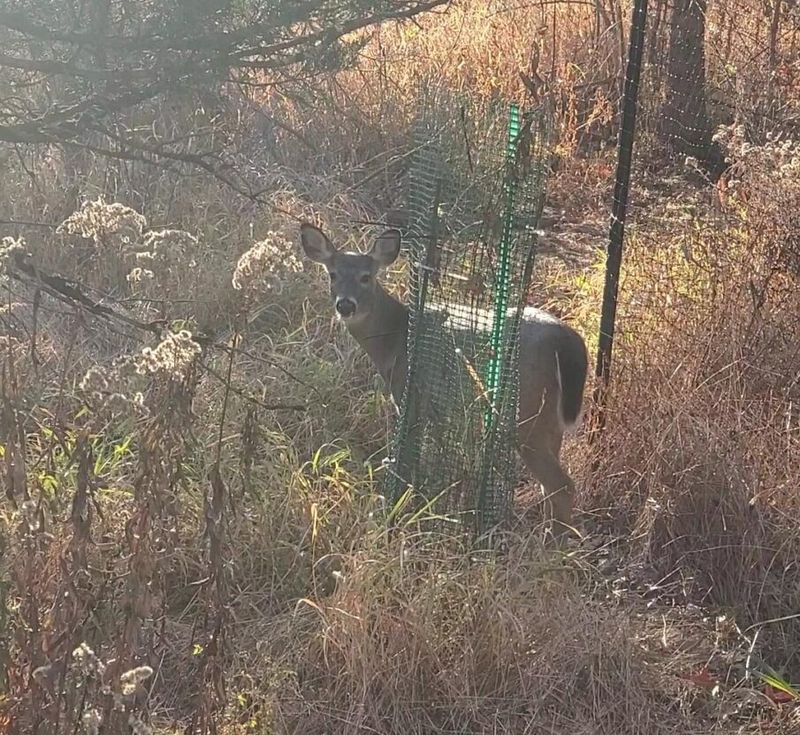
Deer herds operate with complex social structures and family bonds. Walking between group members disrupts their communication and protection strategies.
Separated young deer become vulnerable to predators without the herd’s collective vigilance. Your shortcut through a feeding group might seem harmless but can create lasting disruption to their critical social dynamics.
Not All Deer Behave The Same
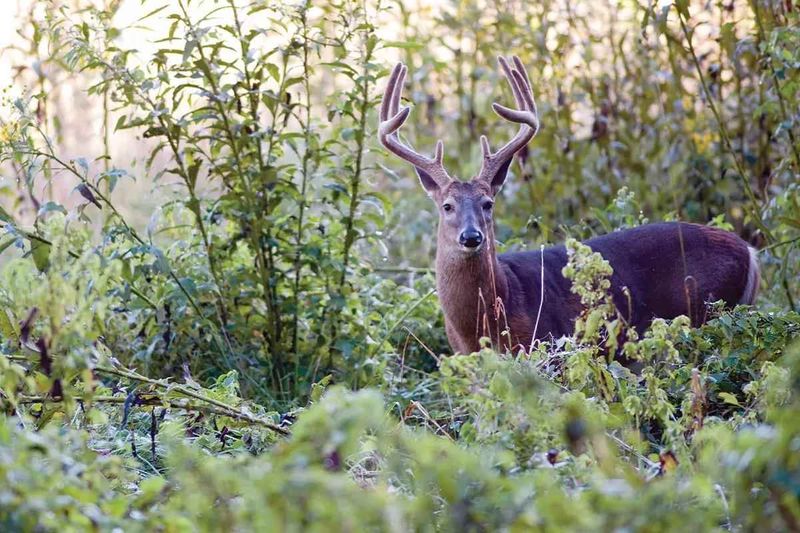
Urban deer might barely acknowledge your presence, while backcountry deer bolt at the first human scent. This unpredictability makes every deer encounter potentially dangerous.
Never assume today’s deer will react like yesterday’s. Individual temperament, seasonal factors, and previous human encounters all shape their responses. The seemingly calm deer watching you could charge without warning.
The Best View Is From A Distance
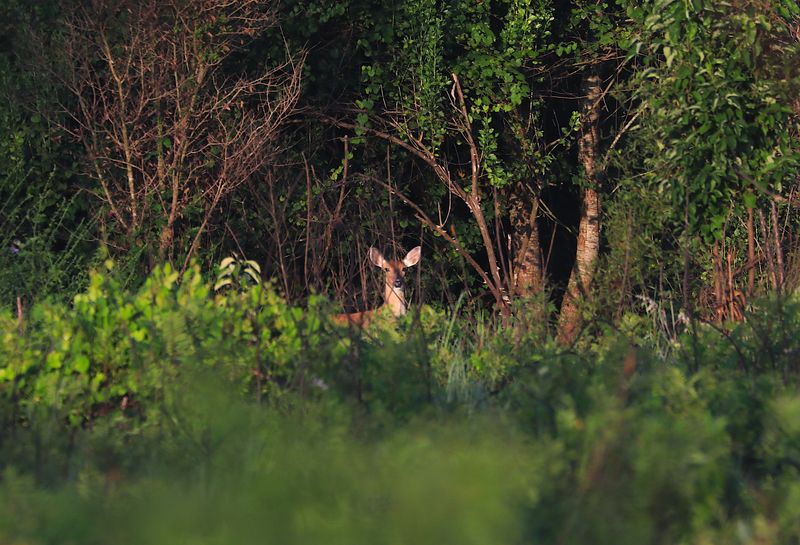
Binoculars transform distant deer spotting into intimate wildlife observation without stress or danger. Modern optics bring amazing detail into view from safe distances.
Responsible wildlife photography uses telephoto lenses, not proximity. The most memorable deer encounters happen when they don’t even know you’re watching. True wilderness appreciation means observing natural behavior, not disrupting it.

